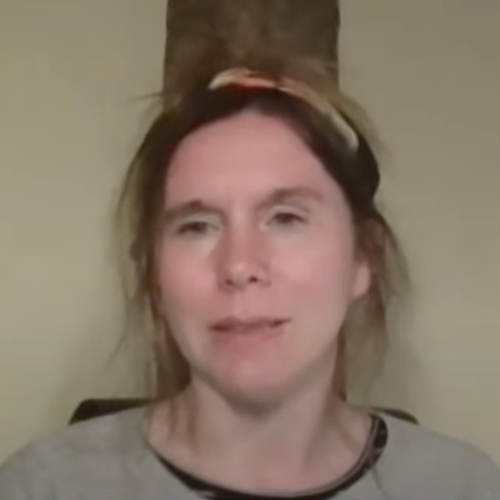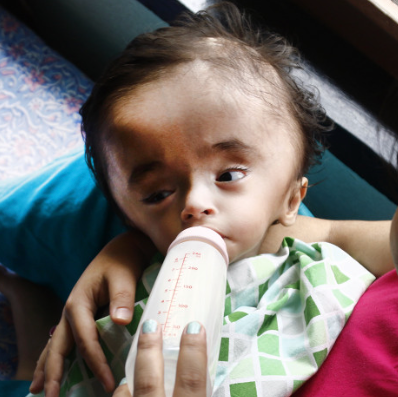Everything seemed to go well after surgery with 5 days in the hospital, 2 weeks in the rehab facility and 1 week with home care. Then it all went downhill from there with pain from surgical infection, a second surgery to clean the infection site, a return to rehab, a third hospitalization, then hospice care at home, then death from the infection that could not be resolved.
She probably would have died sooner if I hadn’t been present to see a medication error of two blood thinners, which I then understand was the cause for the bleeding into her catheter collection bag. I approached the doctor who confirmed she didn’t need to be on two blood thinners and thankfully the urine in the bag began to clear up the next day. We aren’t sure where her pressure ulcer (bed sore) started – hospital or rehab facility – but it never resolved either.
My Mother experienced three incidences of preventable harm: 1) surgical infection, 2) medication error, and 3) pressure ulcer. After her death, I used her story in my consulting work with healthcare professionals. Since they were so appreciative of the learning opportunity, I decided to write a book and it was published in 2017: “The Perils of Un-Coordinated Healthcare: A Strategic Approach toward Eliminating Preventable Harm.”
Now, as a Board-Certified Patient Advocate, I’ve turned my focus to spreading information to the general public about the role that individuals play in preventing Patient Safety Movement Foundation | patientsafetymovement.org medical harm to themselves and their loved ones. That role must be elevated from patient to partner in care. I wish to thank the Patient Safety Movement for taking action to reduce preventable harm. We must all share our stories to expose harm so together we can eliminate it.







